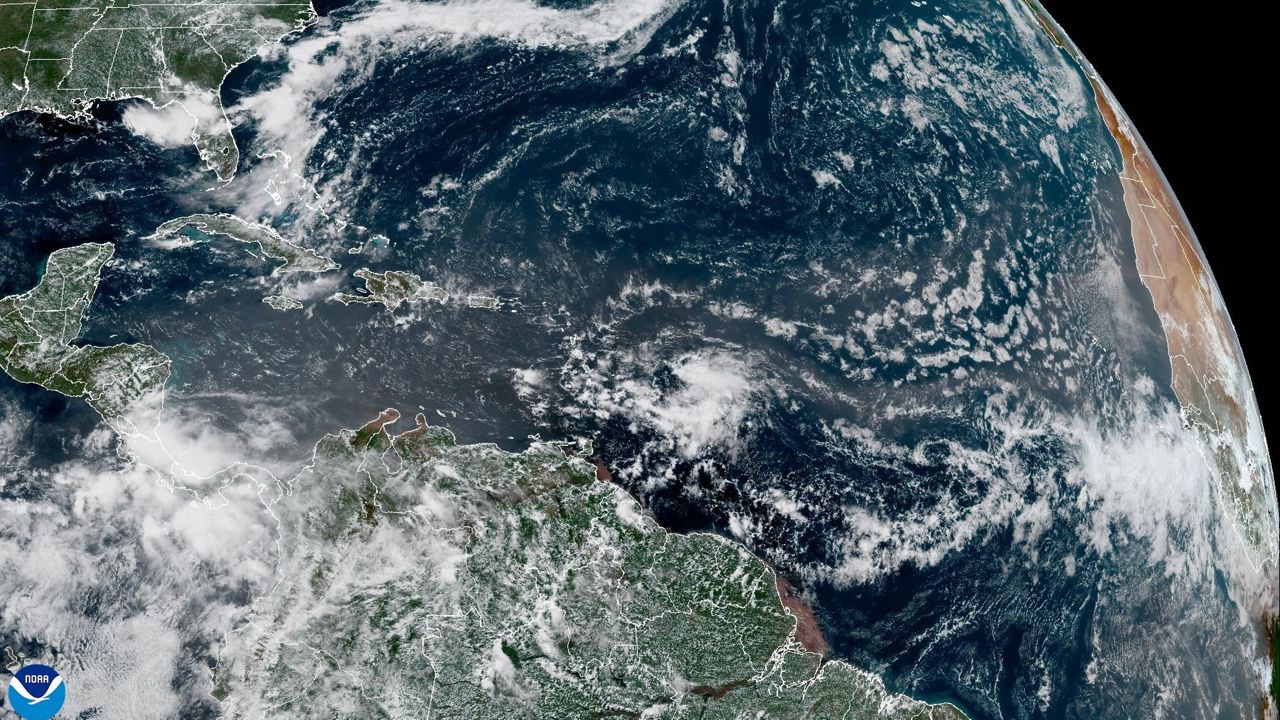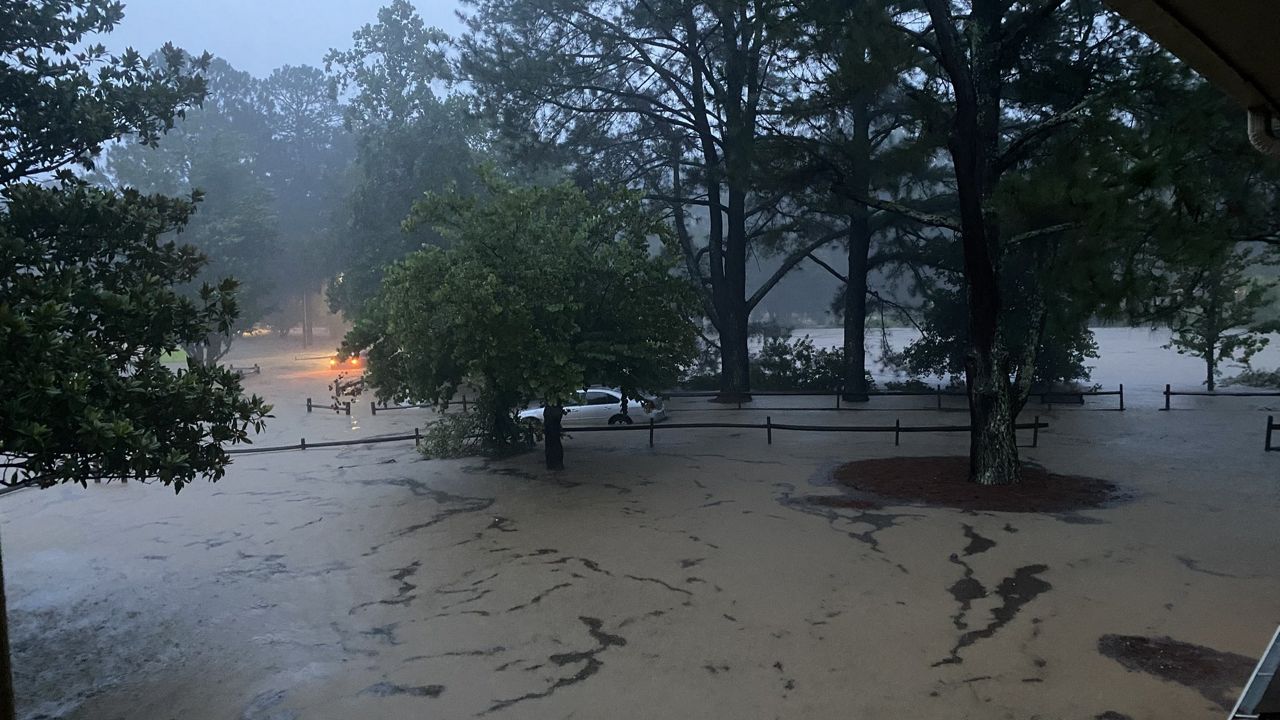The Atlantic hurricane season officially begins in about a month and a half.
Early indications suggest the season may not be as active as in the last couple of years.
Forecasters at North Carolina State University have released their forecast, showing a near normal hurricane season in 2023.
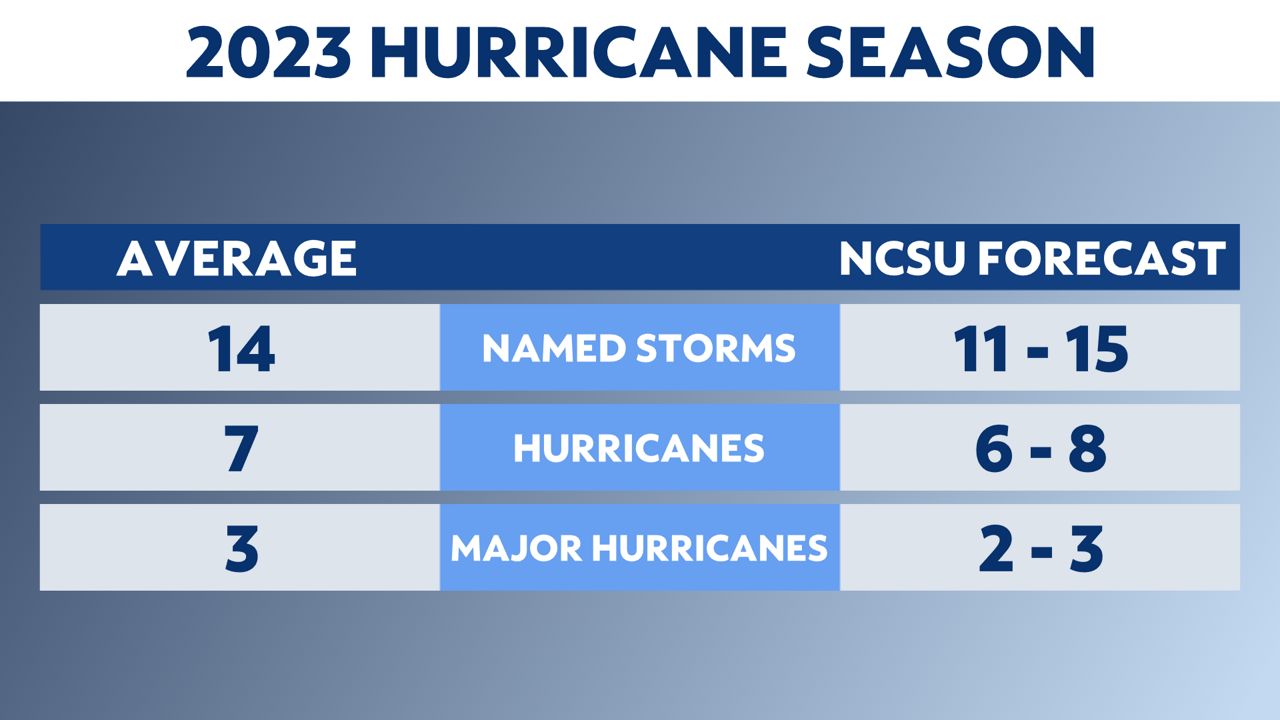
The forecast from the research team lead by Dr. Lian Xie at N.C. State closely matches the outlook also released this week by Colorado State University.
NOAA will release its 2023 Atlantic hurricane season outlook on May 25.
The Atlantic hurricane season begins June 1 and runs through the end of November. Mid-August through mid-October is typically the most active part of the season.
El Niño conditions are forecast to return this summer around the peak of hurricane season, which would be the first time since 2018 and 2019. El Niño leads to stronger upper level winds, or wind shear, in the Atlantic, which is less favorable for tropical development.
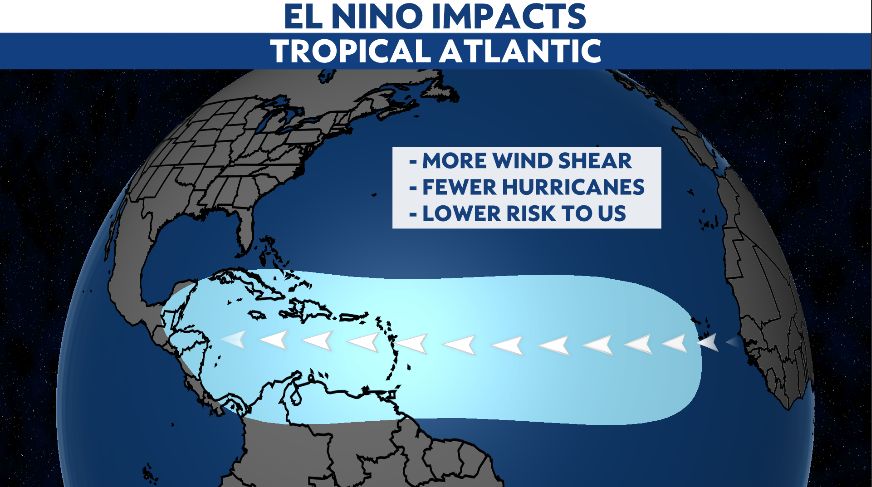
Remember, predictions of the season’s activity are not predictions of how many storms will make landfall in a particular place. Individual storms make impacts regardless of how active (or not) a season is. Coastal residents should do what they can to be prepared every year.
No matter how many storms develop this year, it only takes one landfalling hurricane to make for a disastrous year.
The 2023 Atlantic hurricane season will come with some new changes and a new list of names.
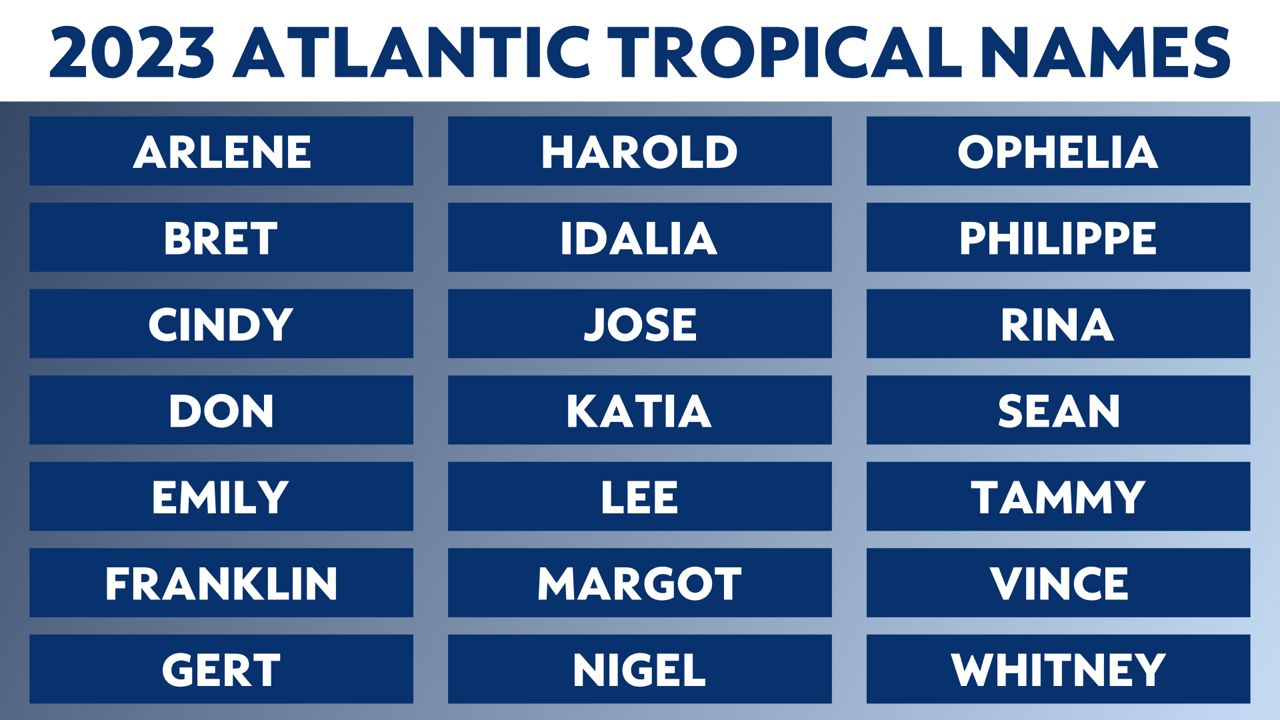
Of the notable storms, Hurricane Ian and Fiona were both retired after causing significant death and destruction in Central America, the Caribbean, the United States and Canada.
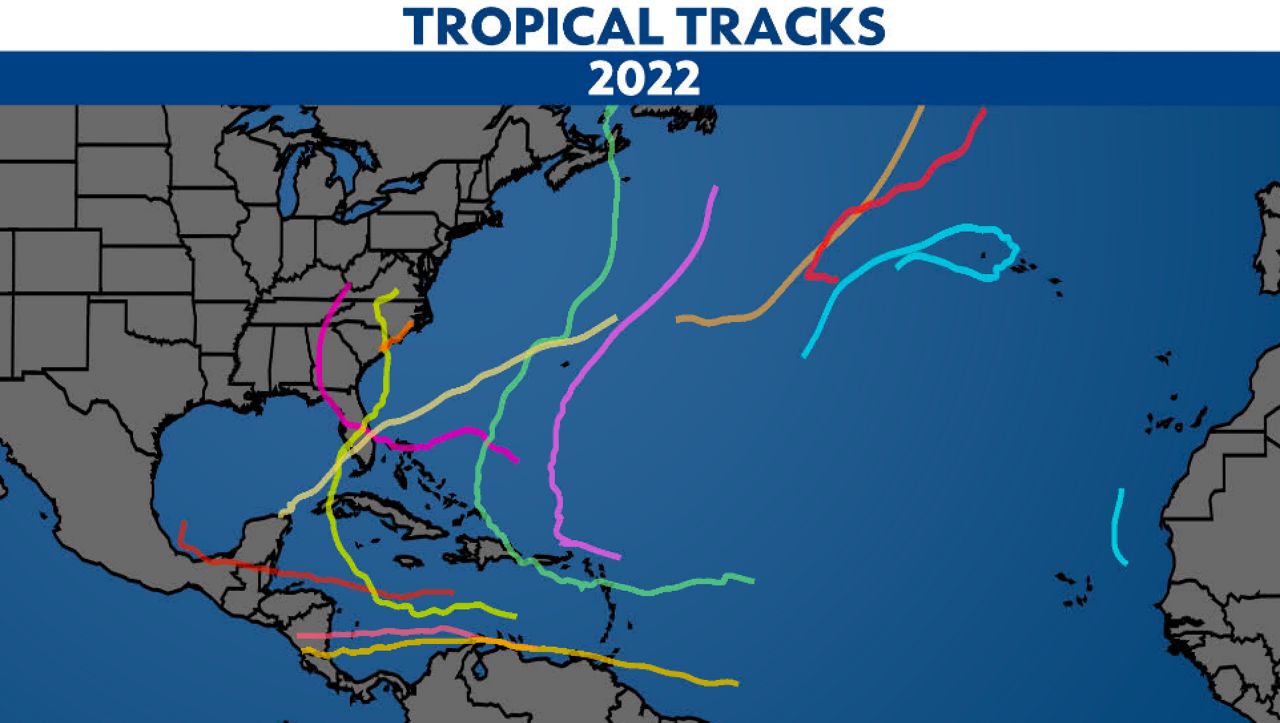
Our team of meteorologists dives deep into the science of weather and breaks down timely weather data and information. To view more weather and climate stories, check out our weather blogs section.






